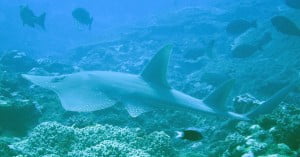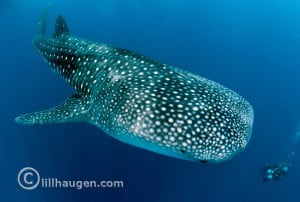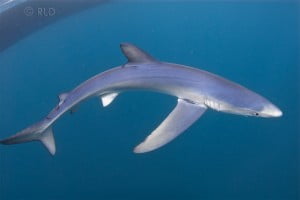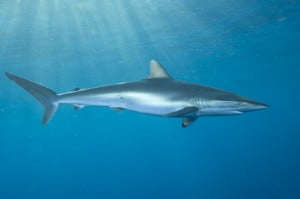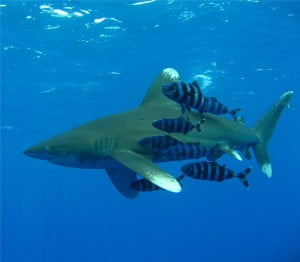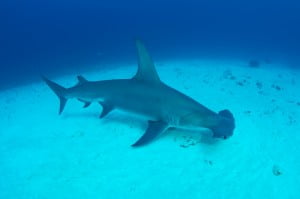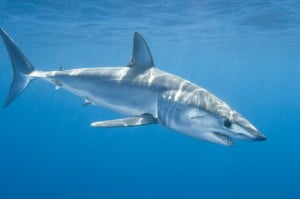The guitarfish/wedgefish (Rhynchobatus australiae), also called the white-spotted guitarfish or white-spotted wedgefish, is a species of fish in the Rhynchobatidae family. The guitarfish/wedgefish are known for an elongated body with a flattened head and trunk and small ray like wings.
The combined range of the various species is tropical, subtropical and temperate waters worldwide. They often travel in large schools.More info here…
